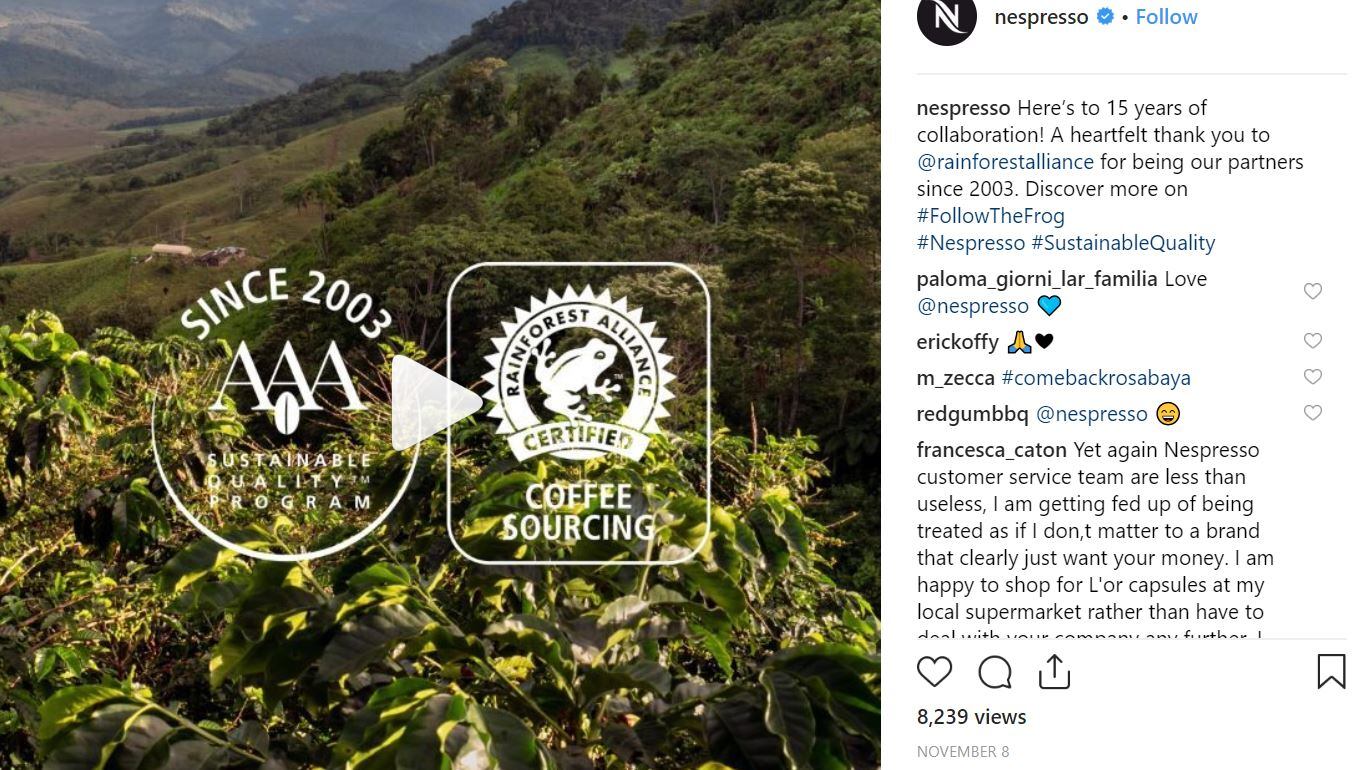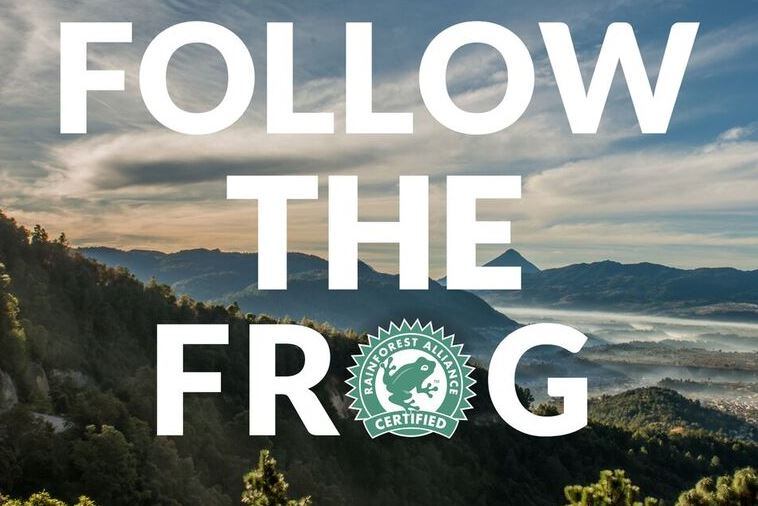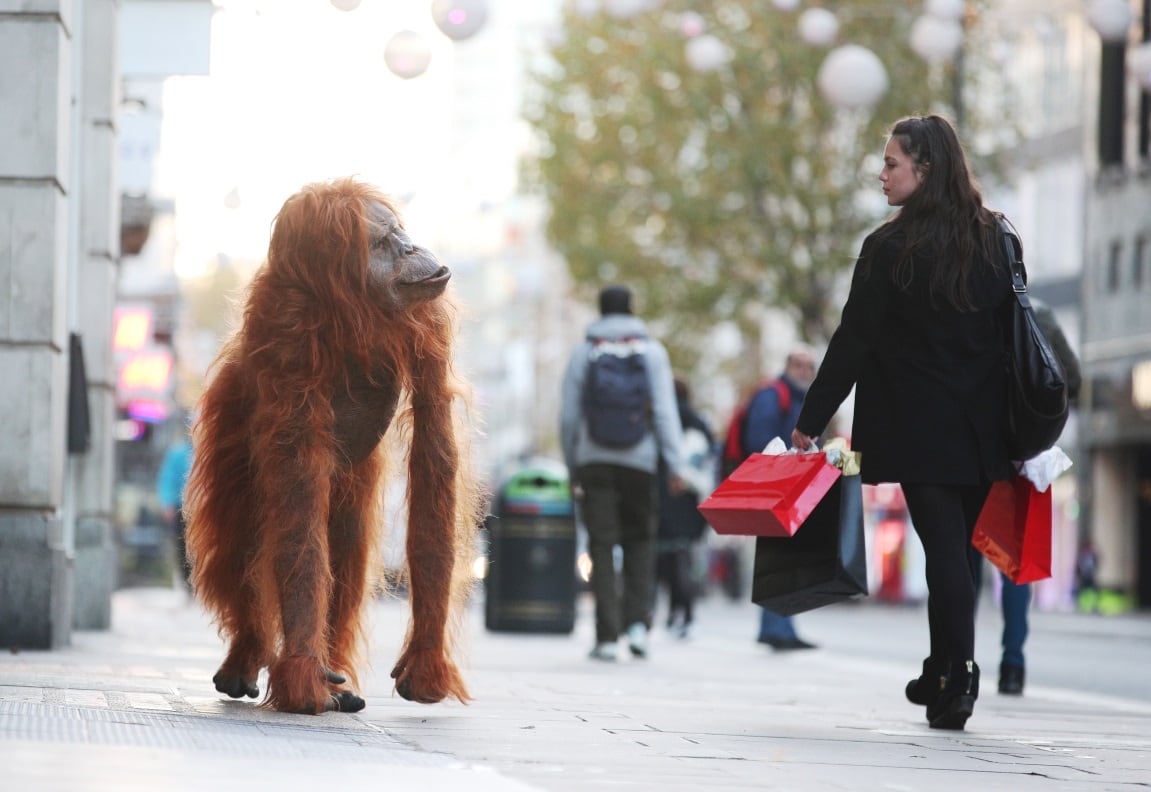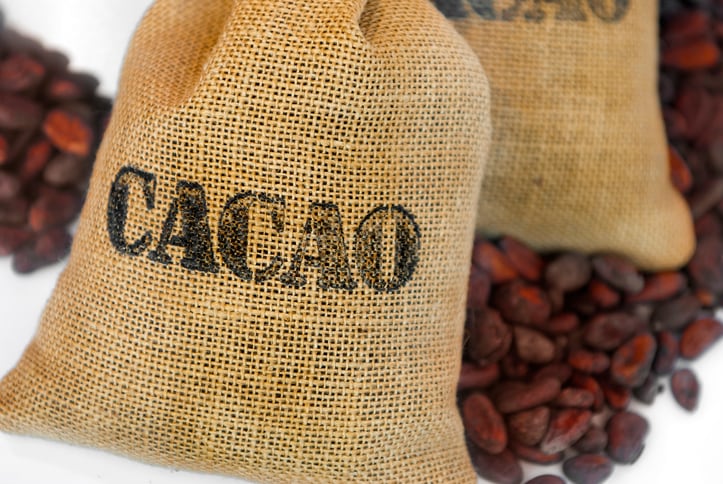FoodNavigator: Is digital media an area that the Rainforest Alliance is particularly focused on?
Susan Arnot Heaney: As with any NGO, the Rainforest Alliance has limited resources for communications, yet we have much rich content to share and messages to communicate in order to engage and inform audiences and drive impact. Digital media in all its forms is an excellent tool to reach audiences in an effective and efficient manner, providing content in different forms, lengths, languages and styles, with a quick message for those who want the topline, and links and longform stories for those who want more depth. The digital platform also supports a multimedia approach, offering photos and videos, which bring to life the adage “a picture is worth a thousand words.”
A key target audience for the Rainforest Alliance are aspirational millennials – the millennial age demographic crossed with the aspirationals who want to do good in their daily lives, enjoying products and experiences with the confidence they do not cause harm to people or planet. The digital space is a great way to reach the aspirational millennials and be able to communicate the sustainable storyline.
FN: How was the concept of ‘Follow the Frog’ developed? Why did the idea appeal?
Arnot Heaney: The annual Rainforest Alliance 'Follow the Frog' campaign was created in 2011 as a way to engage companies and consumers in a focused promotional period that drives awareness and impact for the Rainforest Alliance, our sustainability mission and the companies that work with us. The Follow the Frog' name is inspired by the Rainforest Alliance Certified seal that features a green frog, and the message for both companies and consumers is to follow the frog to more sustainable practices and product choices – during the campaign period and year-round.
The timing and duration of the campaign has varied over the years as we tested different options; in 2018 the campaign took place over two weeks in September, with 71 companies taking part. The activations pursued by the Rainforest Alliance and participating companies include social media, traditional media, web content, communications, advertising, videos, events, promotions, contests, store displays and more, targeting consumers, employees, business partners and stakeholders. These include activities created directly by the Rainforest Alliance, by the companies independently, and co-created together.
FN: What tools does 'Follow the Frog' use to communicate the message on social media?
Arnot Heaney: While 'Follow the Frog' is by definition a multi-faceted, multi-format campaign, social media and digital portals are a central focus. This includes both company and Rainforest Alliance social media, encompassing Facebook, Twitter, Instagram, LinkedIn, websites and email. To support consistent branding and messaging, we have a “Follow the Frog” page on our business website with information, examples of past company activations, and a toolkit including portfolio of downloadable social media creative assets and messages in multiple formats and languages, which companies can adapt or use as is. We had a blog series, informational sheet and powerpoint slides to help companies understand and activate the campaign. The objective of all these actions is to make the process turnkey for partner companies who need support, while offering inspiration and guidance to companies with their own creative teams.
In addition, in 2018 we added two new social media components. We created an Instagram giveaway that offered 15 daily informational posts with beautiful “thumb-stopping” graphics, images and videos, and 2 prize packages of products from partner companies and some sustainability themed gift items. This ran for the duration of the 2-week 'Follow the Frog' period, with one winner each week.
We also engaged with several dozen social media influencers who wrote unique content throughout the 2 weeks to engage their followers with 'Follow the Frog', the Rainforest Alliance and our mission.
Company and brand engagement
#FollowTheFrog broadens its reach by engaging with companies that are part of the Rainforest Alliance certification scheme.
The NGO provided tools and material to facilitate engagement from large corporations, like Proctor and Gamble, to smaller mission-based businesses, like Chocolove. Nestle was active across Twitter, Instagram and Linkedin via its Nespresso brand.

The participation of brands internationally meant that the campaign took on a global dimension. For example, video was posted as far afield as Korea, making its way onto the Instagram feed of McDonald’s Korea.
FN: Why did you decide to run the engagement for a particular time period? Is the hope that the discussion will continue organically?
Arnot Heaney: The core concept of 'Follow the Frog' is year-round – we want consumers and companies to actively engage with sustainable sourcing and product choices every day – but the focused time frame for the campaign magnifies the impact and produces a “surround sound” approach, with consistent messaging across companies, portals and communications sources. There is also the value of cross-promotion on social media, with #FollowTheFrog hashtag and links connecting audiences. All of this helps drive a deeper engagement and a groundswell of participation.
2018 engagement levels
“There are various dimensions to the 'Follow the Frog' reach, and the numbers are strong both in comparison to non-promotional periods and for the context of an NGO,” Arnot Heaney said.
Rainforest Alliance social media:
- Instagram: 1.3 million impressions; 1 million users reached; 1,400 comments posted; over 120,000 Instagram story views; 700+ entries to our giveaway
- Facebook: 277,000 people reached; 308,000 post views; 1,800 engagements
- Twitter: 217,000 impressions; 2,700 total engagements; 70 unique mentions with #FollowTheFrog; 886,000 potential social impressions on #FollowTheFrog
- Depending upon the social media format, the engagement during the promotional period was 4 to 10 times the norm
The Rainforest Alliance also initiated an influencer campaign. “We engaged 30 influencers throughout the campaign including writers, photographers, models, and more with have a combined following of more than 3.2 million users.”
The combined engagement of all the influencers was 94,678 post likes, 992 comments and a 3% engagement rate.
FN: What key learnings will you take forward from the campaign this year? What worked well? What didn’t? How will you implement these in any future digital initiatives?
Arnot Heaney: We will revisit the duration of the campaign. The 2 week period was offered to provide companies a wider option to meet their marketing needs, but we found that engagement in our social media and influencer campaign dwindled in the second week. We will gather company feedback to help inform our decision.
The use of a compelling graphic design for the downloadable materials provided in the company toolkit, rather than photos used in the past, delivered a fresh image which was quite successful, and we have converted it into some materials on our salable promotional materials.
The Instagram giveaway was a great success overall and we will look to reprise this in the future, with some tweaks to the copy format.
We will again work with influencers through various social media portals.
The comments to all of our social media provided informal market research on what our audiences want to hear about. However, boosting posts was not especially effective.
FN: In conclusion, how important is it to bring consumers into the conversation and spark debate when advocating for change?
Arnot Heaney: Consumers, or “citizens” to use a broader term, are key to driving change, and it is through engaging in the conversation, and debating the pros, cons and nuances, that consumers are informed, inspired and activated.
In relation to the mission of the Rainforest Alliance, it is consumers who must understand and then demand sustainably sourced products, which in turn helps drive responsible business practices along the value chain, from farm or forest to retail shelf.
At a broader level, beyond the scope of the role of the consumer, it is citizens who must coherently and cogently demand sustainability policies and practices from elected officials, governments and people in positions of influence. To effectively drive change requires knowledge -- of the issues, challenges and possible solutions – and the public forum of the digital world offers a wealth of credible and accessible sources with which a citizen can arm themselves in the battle for positive change.




